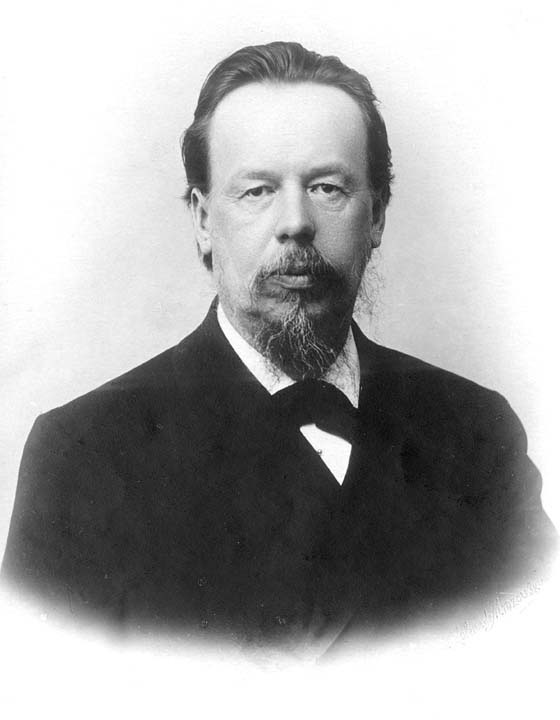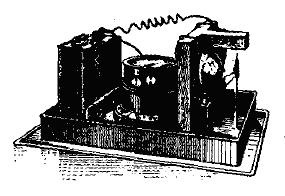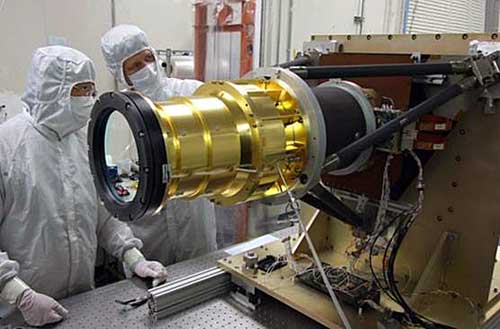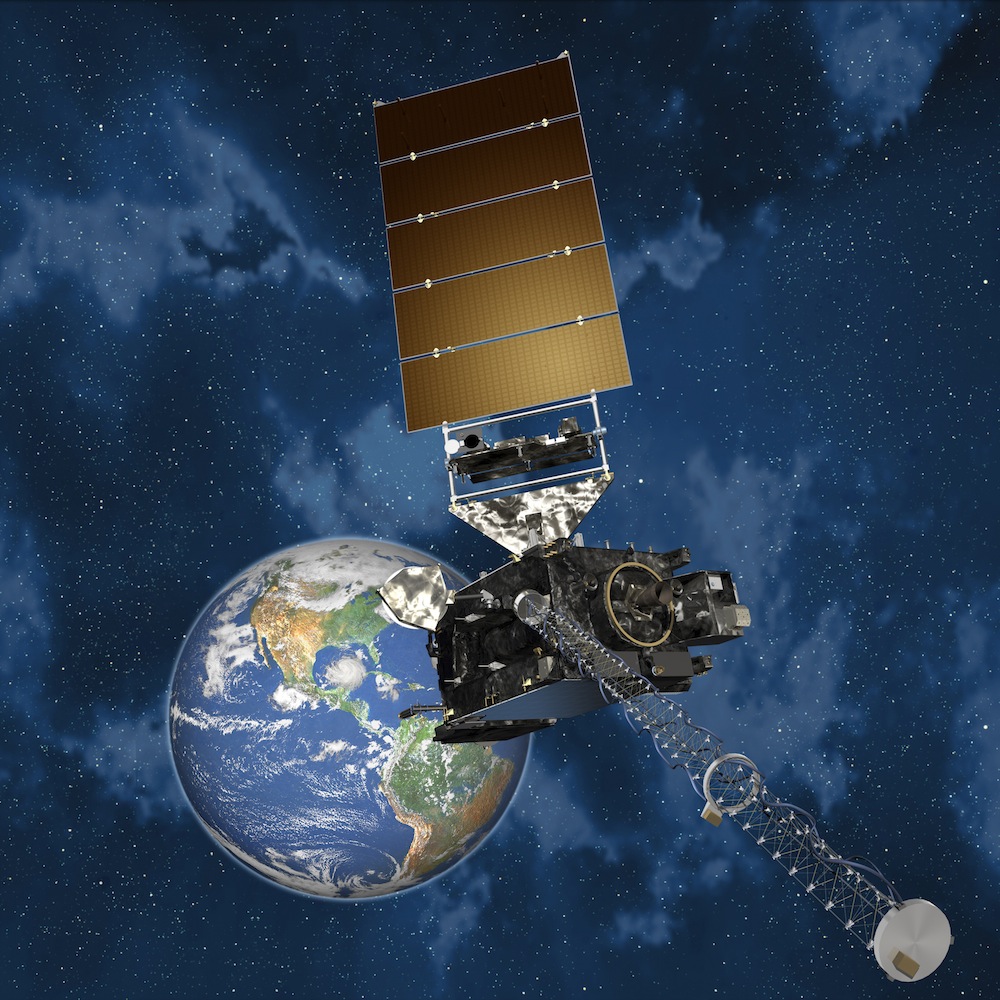A Multipurpose Invention
The first lightning detector made the invention of the radio possible. Lightning and radio may sound like unrelated concepts, but they are more similar than you might think.
Have you ever put a cell phone or other electronic device near a radio? You may have heard weird crackles and pops. That's because electricity generated by the phone makes radio waves that mess with the radio.
Lightning, too, creates radio waves. Radio waves—just like light and heat—are part of the electromagnetic spectrum. It makes sense that lightning would generate them. That’s what Alexander Popov was thinking when he set out to build a long-range radio wave receiver to detect lightning back in 1895.
We know that it is possible to see lightning and hear the thunder it creates when it is nearby, but it is beneficial to know if a more distant storm is bringing lightning with it. Lightning is a sign of severe weather, and detecting it early can help people prepare.
Popov's device worked by detecting natural radio waves. And it was a success! Not only did it detect lightning, but it also led to developments that made transmitting and receiving human-generated radio signals possible.
Because of this, many consider Popov to be the inventor of the radio, though others also have claim to the title.
Lightning Detection Today

A modern lightning detector at an airport. Credit: Famartin, Creative Commons Attribution-Share Alike 3.0 Unported license.
Popov’s basic concept is still used by weather organizations to this day. Meteorologists refer to them as ground-based lightning sensors. If you have just one of them, all it can do is tell you there is a lightning strike and give you a sense of its distance. But if you have at least four of them in the area, then you can combine all the info to get an exact location of a lightning strike.
Why Can’t We Just Watch It?
We can! Another way to detect lightning is to watch it from space. This was first tested on space shuttle missions and with high altitude research planes in the 1980s. Those experiments provided data that allowed for lightning detection on actual satellites. The most difficult challenge was trying to pick out lightning flashes against a bright cloud background during the day.

A lightning storm (bright area) as seen by astronauts on the International Space Station. Credit: NASA
The National Oceanic and Atmospheric Administration's (NOAA) geostationary weather satellites, the GOES-R series, carry an advanced space-based lightning detector named the Geostationary Lightning Mapper, or GLM. It observes total lightning activity—that which occurs within clouds as well as the dangerous lightning that strikes the earth continuously day and night throughout the Americas and adjacent oceans.
GLM gives scientists and forecasters the best view yet of total lightning activity, and provides an early indication of potentially intensifying storms before they produce severe weather at the ground. Understanding the frequency and location of lightning events is very important, since severe thunderstorms are often accompanied by a dramatic increase of the in-cloud lightning activity as they get stronger.
Lightning observed by the GOES-16 Geostationary Lightning Mapper (GLM) illuminates the storms developing over southeast Texas on the morning of February 14, 2017.
Find out more about how to be safe when lightning strikes.









